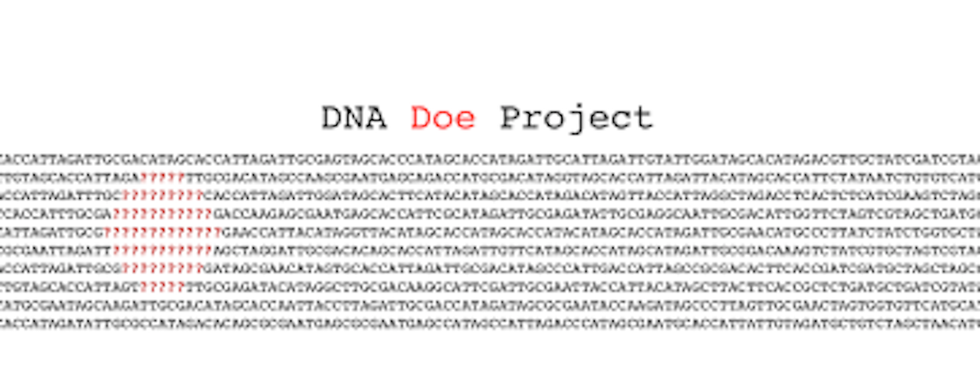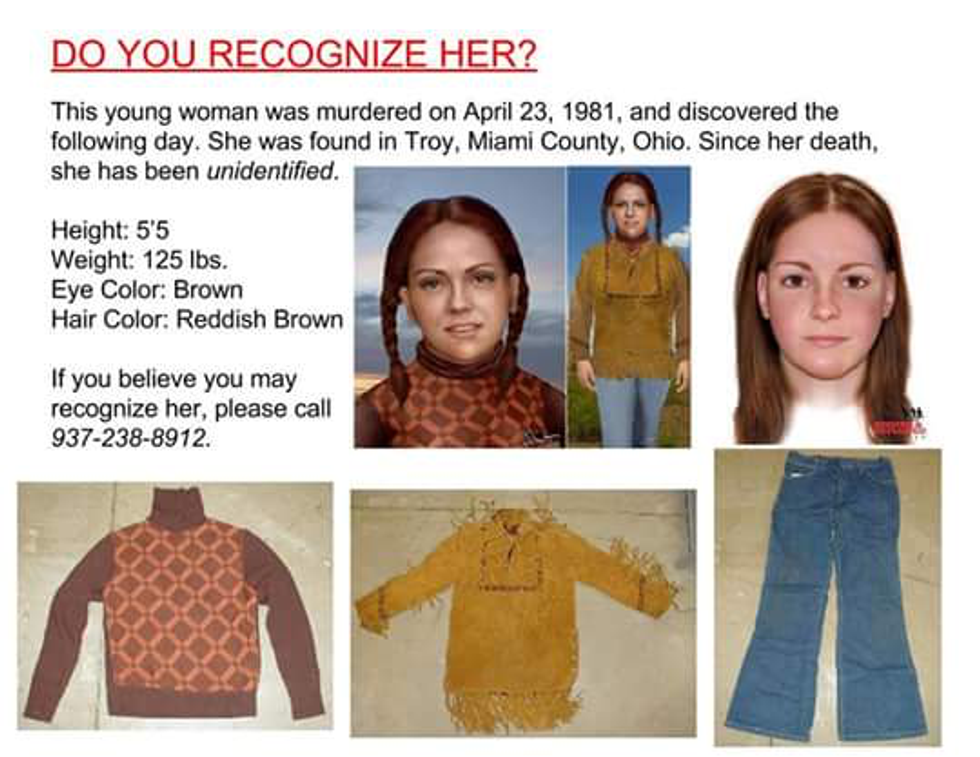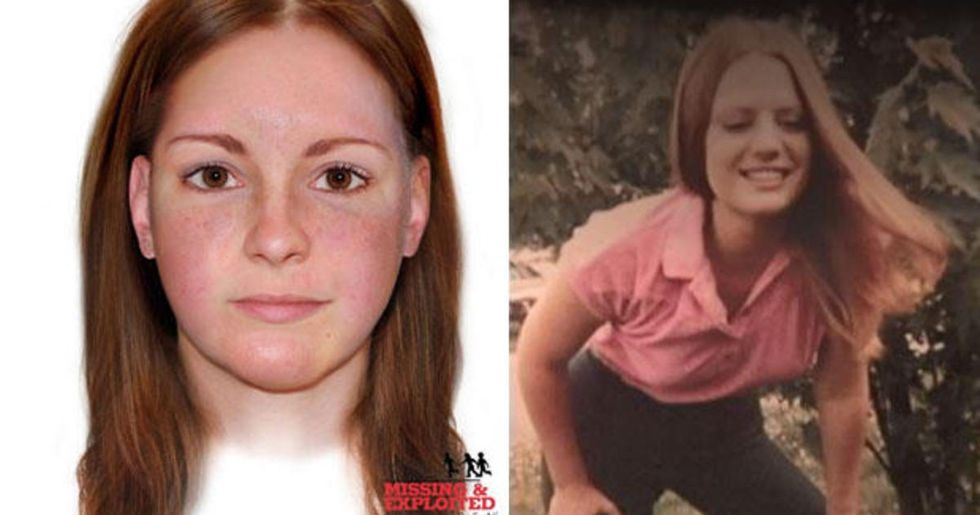Even when the first version of the American Pledge of Allegiance emerged in the 1890s, US citizens expressed their pride in the country’s promise of "liberty and justice for all." Being the peak of the Wild West era, a time of gun fights, violence between natives and settlers, and little to no technology capable of definitively connecting an individual to a crime, this assurance of 'justice for all' often translated to ‘hopefully these self-proclaimed witnesses are telling the truth cause hear say is all we’ve got, judge.'
Nearly a century later, lack of evidence and identification methods continued to leave many criminals unprosecuted, and arguably more tragic, many victims unnamed.
The discovery of DNA in 1984 and improvements in the 1990s revolutionized criminal investigations and prosecutions- comparing unique patterns of genomes allowed investigators to definitely name jane and john does, as well as their perpetrators- that is, if they could find a biological match.
In 1891, a Miami County, Ohio resident discovered the lifeless body of a young woman on the side of a local road. The autopsy revealed the victim had died from strangulation and blunt force trauma to the head. Police considered this case a homicide and with hopes of recognition and ultimtately identification, released pictures of the distinct buckskin jacket the victim was wearing when found, earning her the name Buckskin Jane Doe.
Despite the high publicity of the case, the identity of Buckskin Jane Doe was not discovered until April of this year, thirty-seven years after her murder. Law enforcement is currently using this new information to find the piece of shit criminal who killed her.
DNA Doe Project, a non-profit organization dedicated to providing closure for murder victims' loved ones by identifying the nameless, used groundbreaking DNA technology to identify Buckskin Jane Doe as 21-year-old Marcia King of Arkansas.
Due to the family’s request for privacy, Marica King’s background is largely unknown. We do know, however, that Marcia’s mother has remained in the same house with the same phone number for nearly forty years with hopes that her daughter would one day return. Although Marcia’s gravesite will remain in Troy, Ohio, the engraving on her tombstone will be rewritten to reflect her true identity.
The bittersweet satisfaction of mentally replacing the morgue photos of a jane or john doe with a shot submitted by the family humanizes the victim. Although the forensic reconstruction of Marcia (done by the National Center for Missing and Exploited Children) greatly resembles her, an animation cannot capture an individual’s soul the way a live picture can. Marcia’s photo displays the true beauty of the life lost, while assisting the public in conceptualizing the tragedy of her murder, as well as the importance of bringing her killer to justice.
Relatively recent improvements to DNA analysis methods has caused many old cold cases- like Buckskin Jane Doe- to be reopened and ultimately resolved. In the late 1990s, researchers discovered DNA sequences containing between two and ten core bases, as opposed to the previously used sequences which contained between ten and eighty. This intricate process, short tandem repeat DNA analysis, revolutionized forensic testing, significantly increasing the probability of identifying an individual using DNA.
In order to explain the procedure, I need to include some sciencey words and definitions, but trust me the logistics of this kind of DNA testing is pretty cool.
Basically, the crime scene DNA (blood, saliva, etc.) is extracted, decontaminated, then placed through a process called PCR, where the specified components of the DNA (in this case STRs) are copied and amplified. Researchers then place these charged segments in a gel with an electric current running through it, causing the smaller pieces move faster through the gel than the larger pieces. An indicator is added (allowing scientists to visualize the stands in the gel), and a segment of lines resembling a bar code results. If two unique patterns parallel each other, they are determined to be from the same DNA, which allows criminologists to compare DNA from a crime scene to those of suspects and missing persons.
The ground breaking aspects of Marcia’s King’s identification lie in the condition and age of her DNA sample- DNA Doe Project was able to develop a genetic profile of Marcia’s nearly forty-year-old blood sample, which had been left both unrefrigerated and non-hemolyzed since 1981. The Miami Valley Regional Crime Lab then performed short tandem repeat DNA analysis on the sample, which matched with a relative of Marcia’s who had sent their DNA into a genealogy database.
The use of public genealogy databases exponentially increases the chances of identifying a victim or killer. However, do to the nonprofit character of organizations like DNA Doe Project, donations are necessary in order to bring closure and justice to families of missing persons. Labs require $1500 to perform STR analysis on jane and john doe DNA samples- which, in coercion with the time needed to search for matches, can takes months to complete.
Due to the relatively recent nature of DNA technology, many financial and timely improvements to the process hopefully lie in the future of criminology. Until then, however, we need to support funding to organizations like DNA Doe Project, because like Marcia King’s mother, many families live in the agony of not knowing the fate of their loved ones. Every murder victim deserves to be put to rest by those who loved them. Every killer deserves to be removed from the public and sentenced to rot behind bars.
With each cold case solved, each doe identified, and each murderer convicted, the American criminal justice system grows closer to fulfilling its guarantee of "justice for all."






















